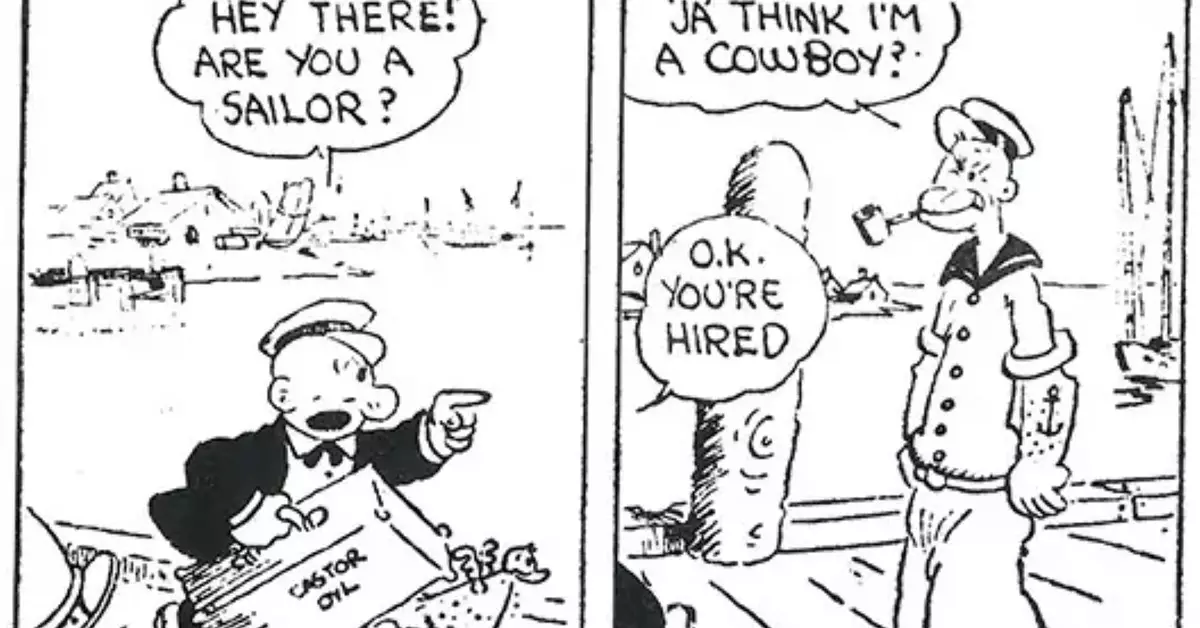The transition of creative works into the public domain marks a significant moment in cultural and artistic history. As the 2024 calendar year unfolds, thousands of works created in 1929 have now entered this space, allowing a myriad of creators to dive into and reinterpret these timeless artifacts without the burden of copyrights. This phenomenon not only enriches the available cultural resources but also highlights the ongoing conversation about ownership, creativity, and the necessity of public access to artistic endeavors.
Among the bounty of works that now fall under the umbrella of public domain are treasures from multiple artistic fields, offering a glimpse into the richness of cultural expression during a transformative period in history. Iconic pieces include Disney’s groundbreaking short film “The Skeleton Dance,” which set the stage for animated storytelling, and Alfred Hitchcock’s first sound film, “Blackmail.” Each of these works represents a stepping stone in its respective genre, signaling shifts in audience expectations and technological advancement.
In literature, authors such as William Faulkner with his complex narrative “The Sound and the Fury,” Agatha Christie with the intriguing “Seven Dials Mystery,” and Virginia Woolf, offering insights into individuality in “A Room of One’s Own,” now find their works accessible to the public. These celebrated narratives provide further opportunity for adaptation, reinterpretation, and integration into contemporary dialogue about art and society.
The year 1929 was not merely another entry in the timeline of artistic production; it was pivotal, shaping future storytelling with the introduction of sound in films. This leap into soundscapes transformed how stories were told, enhancing the emotional nuance and depth of cinematic experiences. The move from silent film to “talkies” was revolutionary, enabling characters to express themselves beyond visual gestures, thus adding layers to narrative forms.
Moreover, 1929 also saw the emergence of beloved characters like Popeye and Tintin. Interestingly, the original version of Popeye, who made his first appearance in E.C. Segar’s “Thimble Theatre,” didn’t even consume spinach until later iterations. The characteristics that define him today, such as his wit and bravery, however, are now available for adaptation, suggesting endless possibilities for creators seeking to breathe new life into familiar personas.
The ramifications of public domain works extend far beyond the initial thrill of creative freedom. For artists, writers, and filmmakers, the infusion of classic characters and narratives into their projects can ignite a new wave of inspiration. With no restrictions, adaptations, reinterpretations, or remixes of these works may flourish, enriching the cultural landscape and giving new voices a platform to explore established narratives.
Furthermore, the presence of works such as those from Salvador Dalí enhances the versatility within the realm of visual arts. With pieces like “Illumined Pleasures” and “The Accommodations of Desire,” artists can engage with and respond to Dalí’s surreal visions, encouraging a dialogue that connects past and present artistic endeavors. The influx of public domain materials ultimately empowers a society that values cultural dialogue and shared heritage.
The transformation of copyright laws over the years, including the 1998 extension, reflects ongoing tensions between commercial interests and the collective right to cultural access. Historically, such policies have often prioritized corporate entities, their mascots, and recognizable characters—like Mickey Mouse—over public access. However, the eventual release of these works into the public domain can be seen as a corrective measure, one that aligns more closely with the original intent of copyright legislation.
As characters like Popeye and Tintin enter the public domain, it resonates not only as an opportunity for new creative interpretations but also as a significant cultural milestone. It reminds us that storytelling is an ever-evolving entity, benefiting from both innovation and rich tradition. Each year that passes serves to enrich the tapestry of shared human experience, recasting beloved tales for future generations to appreciate and enjoy.
In 2024 and beyond, as creative barriers dissipate, we can anticipate a flourishing of imagination that will continue to build upon the legacies of artists who came before, proving that some stories—like the characters themselves—never truly fade away.

